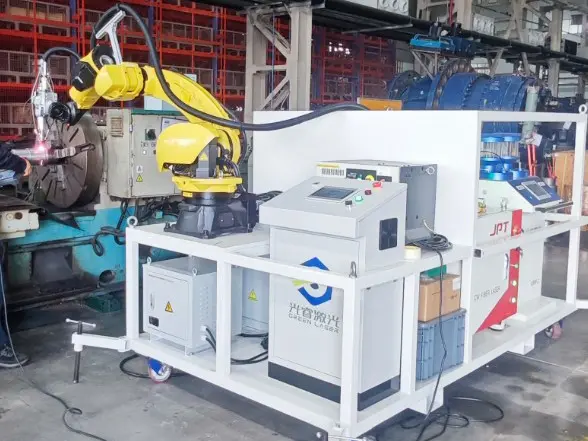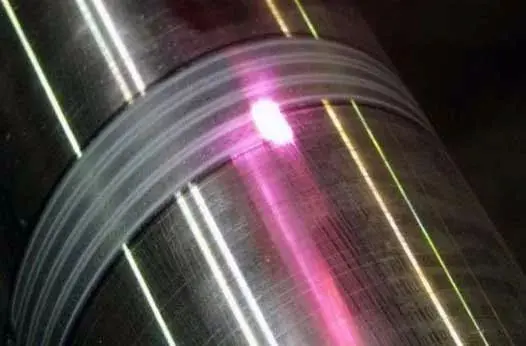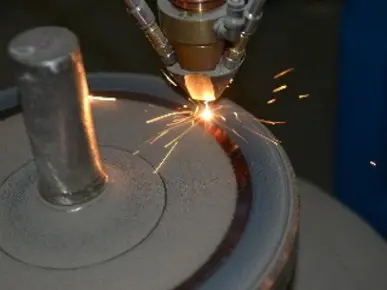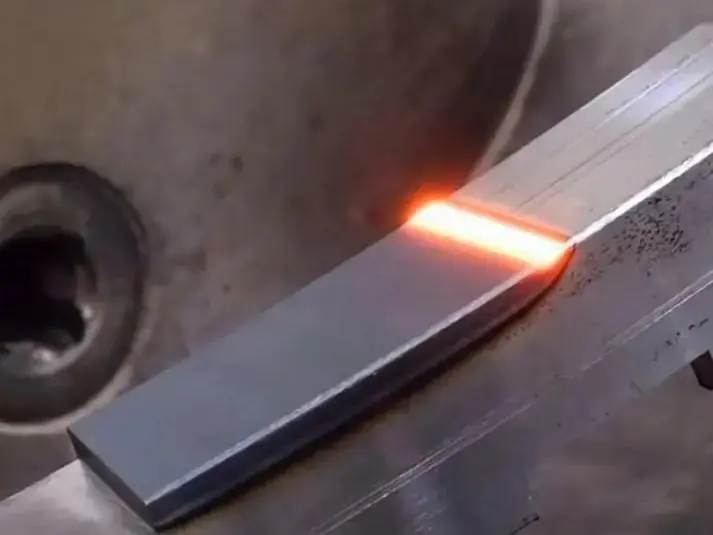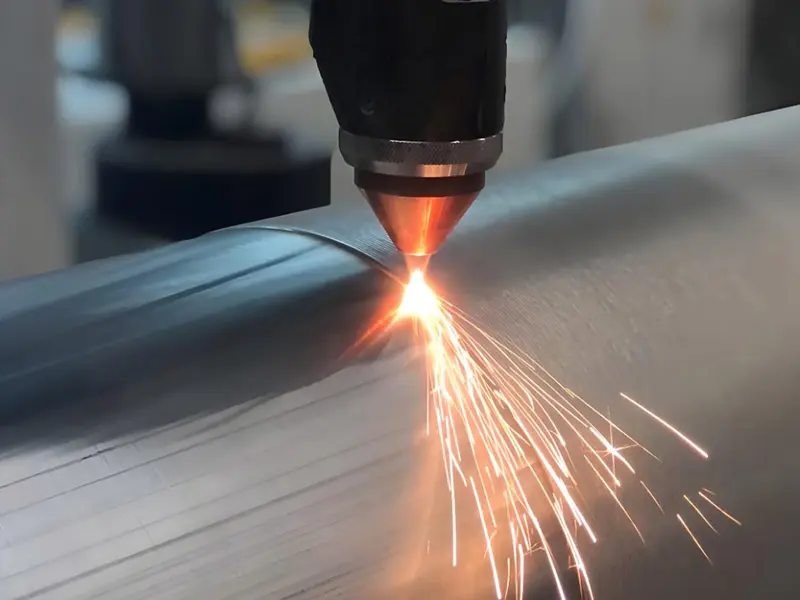Laser cladding technology is very practical in motor maintenance
During the maintenance and repair of motors, parts often become dimensionally unsuitable due to long-term operation, wear, or improper assembly. For example, the bearing seat of the motor shaft becomes smaller due to wear, and the bearing chamber becomes larger due to looseness. For professional maintenance and repair units, local repair technology is particularly important because they do not have the ability to fully process and replace parts. Traditional repair methods such as brush plating, surfacing, and cold welding are widely used, but each has its limitations. In recent years, laser cladding technology has been increasingly used in the field of motor component repair due to its excellent repair performance and process adaptability. This article will introduce in detail the principles, process characteristics, advantages, and practical applications of laser cladding technology in motor maintenance.
1. Process characteristics of laser cladding
Laser cladding technology can be divided into two types: synchronous powder feeding cladding and pre-set powder cladding, depending on the process method. In recent years, the emergence of ultra-high-speed laser cladding (EHLA) technology has further improved the efficiency and quality of this process.
Conventional Laser Cladding vs. Ultra-High-Speed Laser Cladding
|
Comparison Item |
Ordinary laser cladding |
Ultra-High-Speed Laser Cladding (EHLA) |
|
Cladding rate |
Lower (typically 0.5-2 m/min) |
Extremely high speed (up to 50-200 m/min) |
|
Heat input |
Higher speeds may cause substrate deformation |
Extremely low speed, minimal heat-affected zone |
|
Cladding layer quality |
Thicker speeds may require subsequent machining |
Ultra-thin (tens to hundreds of microns), more uniform surface |
|
Application scenarios |
Repair of thick coatings |
Precision parts, thin-layer repair |
Ultra-high-speed laser cladding can form a more uniform coating due to its extremely shallow molten pool and extremely fast cooling rate, and has less residual stress on the substrate, which can effectively avoid deformation of the workpiece. It is particularly suitable for repairing precision mating surfaces such as motor bearings and journals.
2. Typical Applications of Laser Cladding in Motor Repair
In the motor repair field, laser cladding technology is primarily used in the following scenarios:
1) Repair of motor bearings
After long-term operation, the bearings of motor shafts often reduce in size due to wear. Traditional methods such as brush plating or thermal spraying have low bonding strength, while cladding easily causes deformation. Laser cladding can accurately clad high-hardness alloy materials (such as nickel-based or cobalt-based alloys) on the worn parts, restoring the size and improving wear resistance.
2) Repair of bearing chamber wear
The bearing chamber becomes larger due to bearing run-out or improper assembly. Traditional methods such as inserting sleeves or cladding have a long repair cycle and high cost. Laser cladding can directly clad a metal layer on the worn surface, and then restore the original size through fine machining, significantly shortening the maintenance cycle.
3) Repair of local damage to the journal, keyway, etc.
The motor journal, keyway, etc. may suffer local damage due to impact or fatigue. Laser cladding can accurately repair them, avoiding the need to replace all shaft parts and reducing costs.
3. Advantages of laser cladding over traditional repair methods
Compared to traditional repair techniques (such as overlay welding, brush plating, and cold welding), laser cladding offers the following significant advantages:
High Bond Strength: The metallurgical bonding ensures a tight bond between the cladding layer and the substrate, preventing it from peeling off.
Low Thermal Impact: Low heat input reduces substrate deformation, making it particularly suitable for repairing precision components.
Wide Material Compatibility: It can clad a variety of materials, including stainless steel, nickel-based alloys, and tungsten carbide, to meet diverse working conditions.
High Repair Precision: Micron-level control is achieved, reducing subsequent machining efforts.
Environmentally Friendly and Efficient: No electroplating pollution, high powder utilization, and consistent with green manufacturing trends.
4. Limitations and Future Development Trends of Laser Cladding
Despite the significant advantages of laser cladding technology, it still has certain limitations:
High Equipment Cost: Laser cladding systems are expensive, placing high demands on the economic viability of repair units.
Strict Process Requirements: Laser parameters must be precisely controlled, otherwise defects such as porosity and cracks may occur.
Applicable Size Limitations: The repair of extremely large components (such as heavy motor rotors) still relies on traditional methods.
In the future, with the widespread adoption of intelligent laser cladding equipment and its integration with 3D printing repair technology, laser cladding will be more widely used in motor repair and may become a core technology for motor remanufacturing.
5. Conclusion
Laser cladding technology, with its high precision, low thermal impact, and excellent bonding properties, demonstrates significant potential for the repair of motor components. Compared to traditional overlay welding and brush plating, it more efficiently restores worn dimensions and improves the wear and corrosion resistance of components. Despite the current high equipment costs and process barriers, with technological advancements, laser cladding is expected to become a mainstream repair solution in the motor maintenance industry, providing reliable assurance for the long-term, stable operation of motors.


